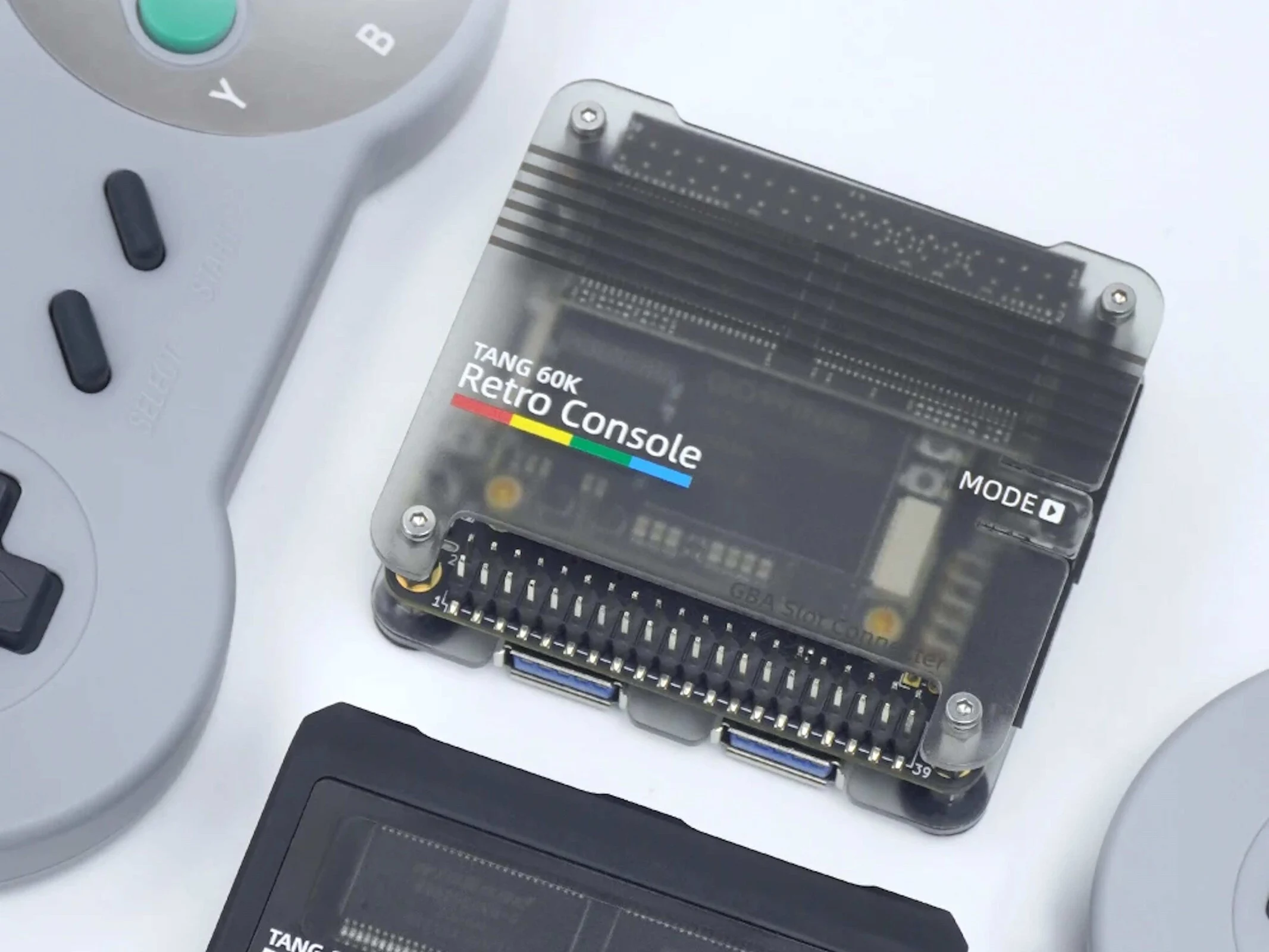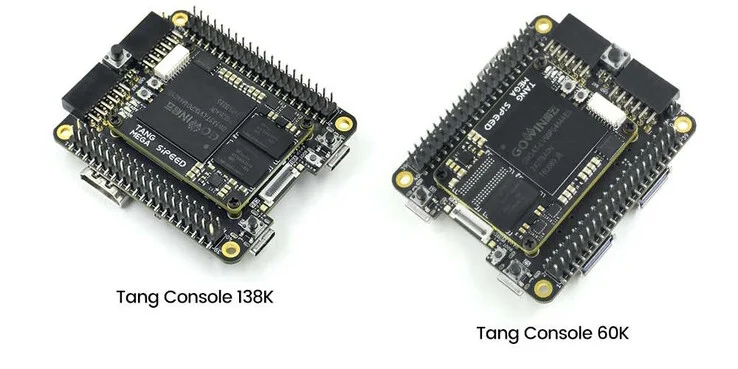Key Takeaways
1. The Virtual Boy was a 32-bit console released by Nintendo in 1995, known for its stereoscopic 3D images but only had a red and black display.
2. The console was commercially and critically unsuccessful, with only 22 games available and users reporting headaches and eye strain.
3. The Virtual Boy is making a comeback as an accessory for the Nintendo Switch and Switch 2, with two versions: a $100 plastic replica and a $25 cardboard version.
4. To access the Virtual Boy games, players need a Nintendo Switch, an Expansion Pack membership, and will have access to 14 of the original games starting February 17, 2026.
5. The move to reintroduce the Virtual Boy seems aimed at collectors, as the games still use the outdated red and black display, and Nintendo has not addressed the previous health concerns.
In 1995, Nintendo introduced its brief 32-bit console known as the Virtual Boy, which was on the market for less than a year.
A Look at the Virtual Boy
This console was quite innovative for its time, being able to create stereoscopic 3D images, though it only had a monochrome display that was red and black.
Unfortuantly, it didn’t do well, receiving negative feedback both commercially and critically, with only a limited selection of 22 games available. To make matters worse, users reported experiencing headaches and eye strain while playing.
A Comeback for the Virtual Boy
Now, the console is making a comeback as an accessory for the Nintendo Switch and Switch 2. There will be two options available: a $100 plastic replica of the original and a more affordable $25 cardboard version.
Purchasing either of these accessories is necessary, and you’ll also need a Nintendo Switch along with an Expansion Pack membership to access the games. The Virtual Boy titles are set to join the Nintendo Classics library on February 17, 2026.
Game Selection and Membership Details
Nintendo plans to roll out 14 of the original 22 games, such as Wario Land, Red Alarm, Mario Clash, Golf, Tetris 3D, Vertical Force, Jack Bros., Mario Tennis, Teleroboxer, Galactic Pinball, and more.
Additionally, a Nintendo Switch Online membership will be required to buy the Virtual Boy accessory. An announcement for the pre-order date is expected soon.
Honestly, this move seems to make little sense except for collectors. The games still feature the red and black display and appear very outdated compared to modern standards. Nintendo has yet to provide detailed plans for addressing the headache and eye strain issues that the Virtual Boy was known for.
Source:
Link



















